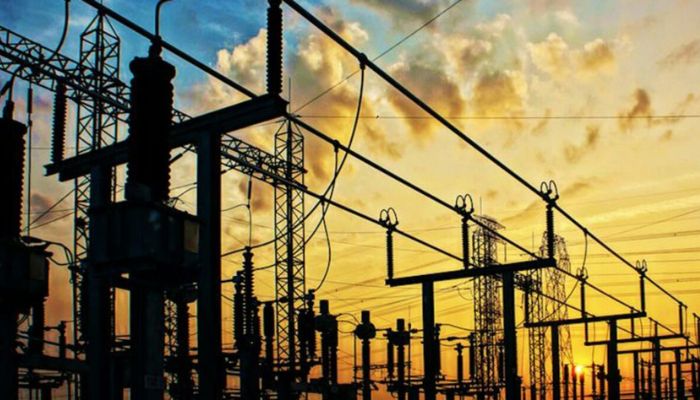Stakeholders in the Nigerian Electricity sector has blamed the incessant grid collapse and power supply to customers on poor maintenance of infrastructure as well as weak, obsolete transmission infrastructure.
Speaking during the public hearing organised by the Nigerian Electricity Regulatory Commission (NERC) in Abuja on Thursday, Joy Ogaji, the CEO, Association of Power Generation Companies, decried the state infrastructure in the sector, noting that Nigeria still lacked most of the infrastructure needed to effectively and efficiently transmit power to Nigerians.
According to Ogaji, the national grid from 2013 till date has collapsed 162 times, making it one of the most unreliable grid systems in the world adding that there was need for a reliable database to capture happenings on the grid.
Noting the impact of the incessant grid collapse on the GENCOS she said, “the GenCos are losing money, DisCos are losing money, industries, businesses and factories are also losing money.
“Spinning reserve and the free governor mode can cure the volatility on the grid because research shows that 100 steel mills operate on our grid. We know steel mills do to frequency. We did a study and found out that 95 percent of the time from 2013 till date, the grid has not complied with the grid code of 50Hz.”
Read also: Grid collapse: ‘Our equipment is outdated,’ says TCN MD
In his remarks, Sanusi Garba, chairman of NERC noted that the frequent national grid collapse was not just having an impact on the quality of supply to customers but was also impacting on viability of power generation (GenCos) and distribution companies (DisCos).
“The reality is that what is truly happening with the national grid is impacting on the viability of not only the GenCos that generate the energy and capacity but also the distribution companies. But most importantly, it’s also impacting on the quality of supplies and customers.
“We read all over the place about manufacturing in Nigeria. I mean, if you cannot deliver the right quality of supply to the real sector, then we’re going to be working on a market that is simply relying on residential customers. And even residential customers don’t consider the performance of the sector good enough.
“Yes, there have been increases in the stability of generation in the recent past arising from some of the actions taken from the policy side and the regulatory side. But to the extent where the whole nation suffers this kind of instability of the national grid is not something that we can gloss over”, he stated.
Read also: Explainer: Why Nigeria’s national grid collapses frequently
In her presentation, Nafisatu Asabe Ali, Executive Director, Independent System Operator, at the Transmission Company of Nigeria (TCN) explained that equipment do fail from time to time, “we have not gone to the substation to carryout detailed investigation and we intend to do that, check the maintenance plan, check the records to ensure that noting is left out.
“From observation of the recent grid collapses, faults point towards Oshogbo. We checked the relay and we saw that the fault was inside Oshogbo TS (Transmission Station). A total load of 675MW was lost and it caused instability and eventually we lost part of the grid.”
